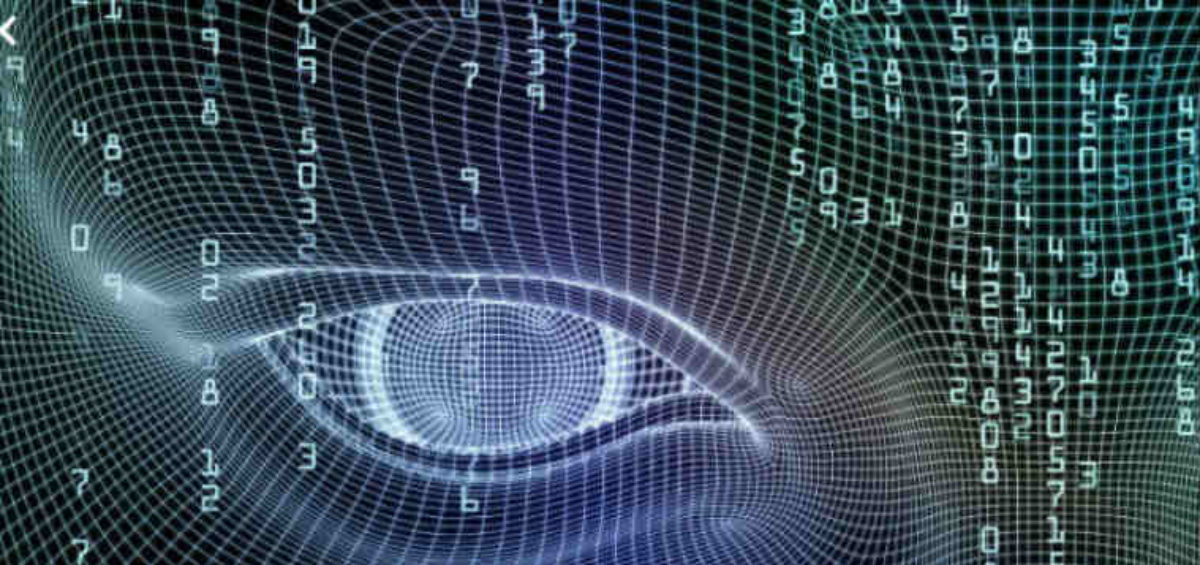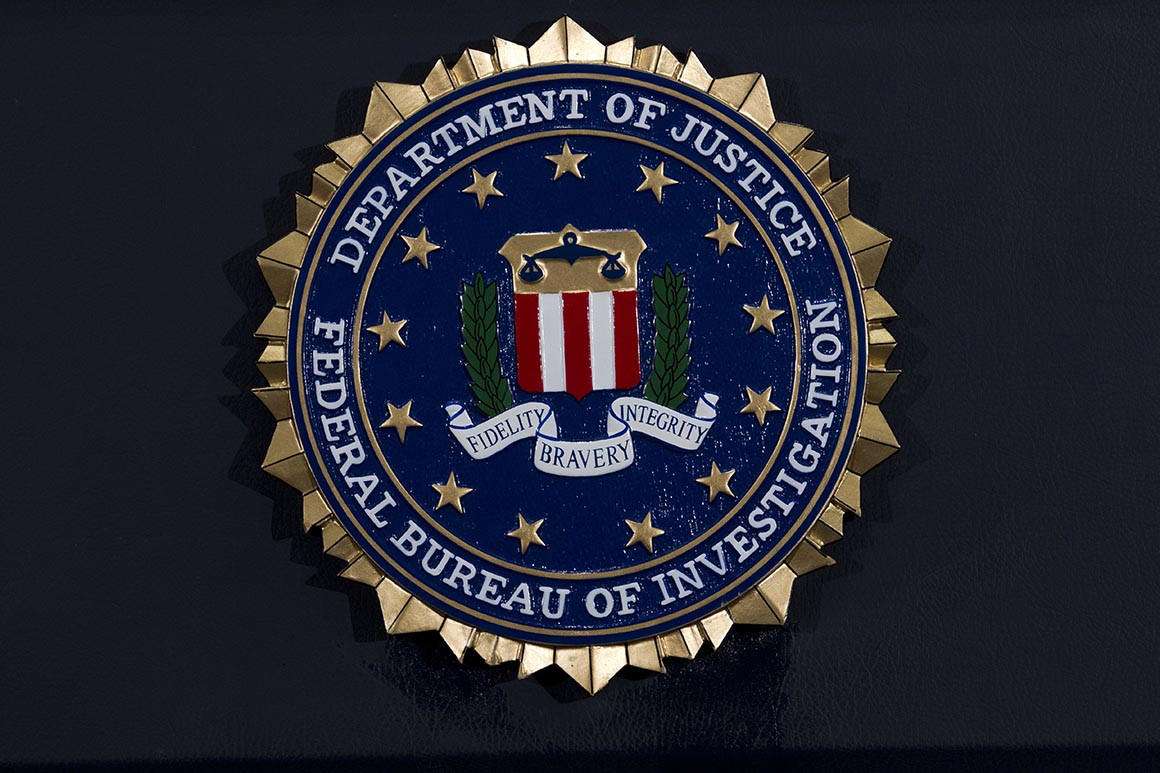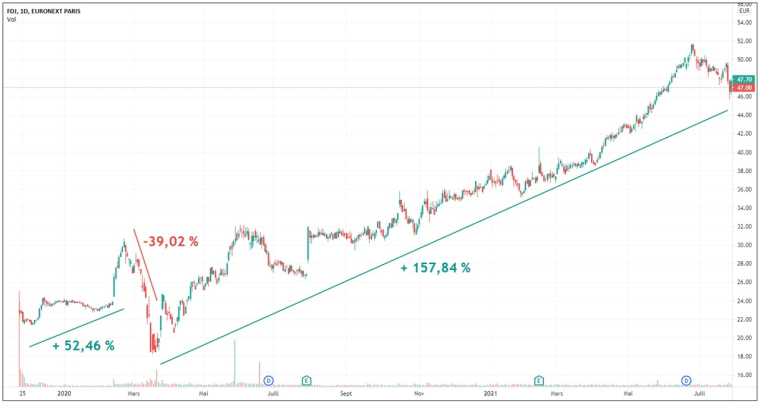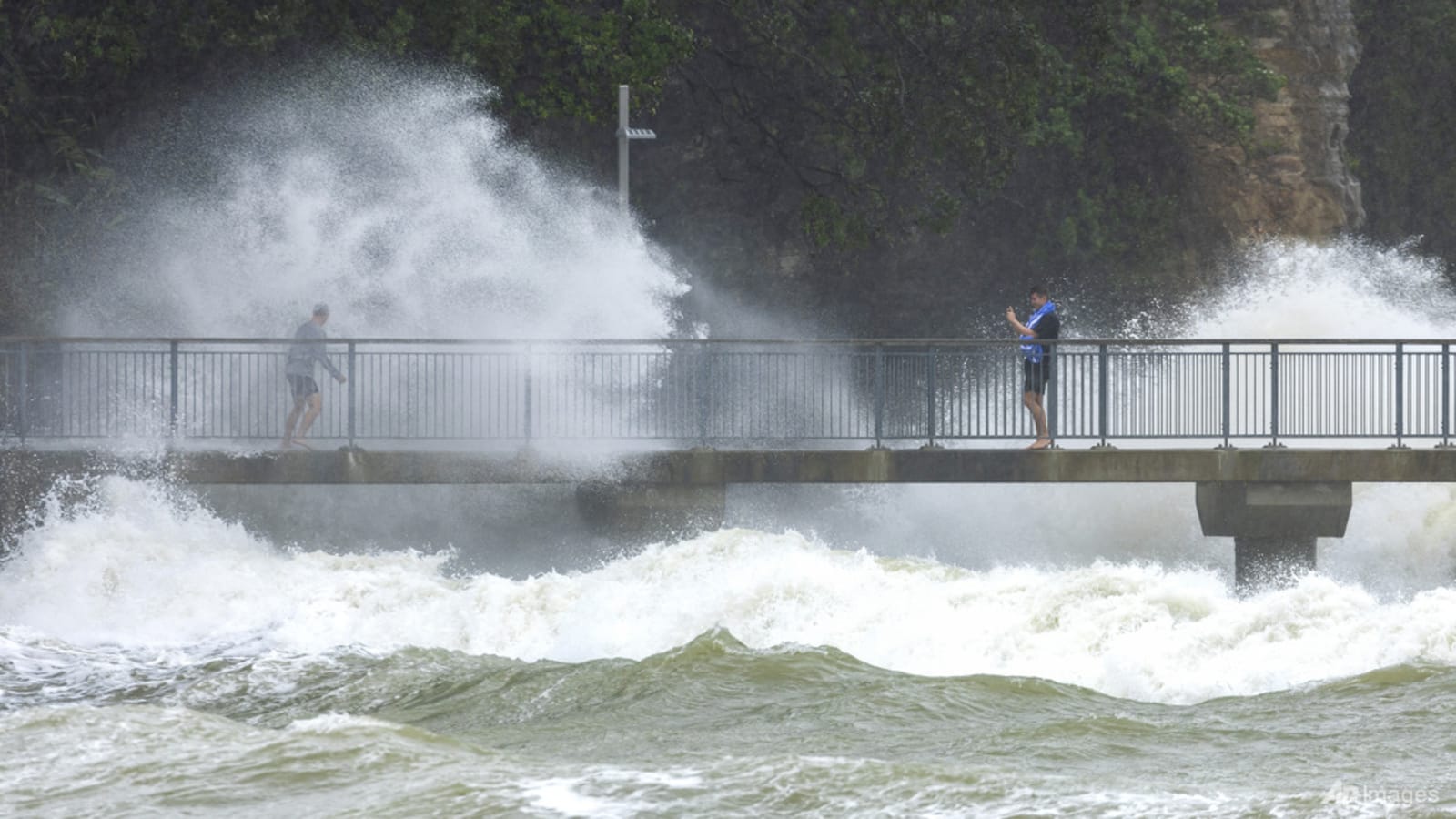Artificial Intelligence: Revolutionizing Or Threatening Wildlife Conservation?

Table of Contents
AI's Revolutionary Potential in Wildlife Conservation
AI offers transformative potential for enhancing wildlife conservation efforts across various fronts. Its capabilities are rapidly reshaping traditional approaches, offering solutions previously deemed impossible.
Improved Monitoring and Surveillance
AI-powered tools are revolutionizing wildlife monitoring. Drones and camera traps equipped with sophisticated image recognition software can identify and track endangered species with unprecedented accuracy. This technology enables:
- Real-time alerts: AI algorithms instantly analyze camera trap images, identifying poaching activities and triggering immediate alerts to park rangers. This significantly reduces response times, increasing the chances of apprehending poachers and preventing further harm to wildlife.
- Predictive analytics: By analyzing massive datasets from various sources, AI can pinpoint poaching hotspots and predict future threats. For example, AI algorithms can identify specific poacher behavior patterns from camera trap data, enabling proactive interventions.
- Enhanced efficiency: AI-powered monitoring systems dramatically increase efficiency, allowing conservationists to cover vast and remote areas that would be inaccessible or impractical to monitor using traditional methods. This is particularly valuable in monitoring large mammal populations across expansive habitats.
Enhancing Anti-Poaching Efforts
Beyond monitoring, AI is significantly enhancing anti-poaching efforts by providing:
- Predictive modeling: AI can analyze various factors like environmental conditions, historical poaching data, and even social media trends to predict potential poaching events. This allows for preemptive deployment of resources and targeted patrols.
- Network disruption: AI-powered analytics can help identify and dismantle illegal wildlife trade networks by analyzing data from seizures, financial transactions, and communication patterns. By tracing the origin of poached products like ivory, AI helps disrupt the supply chain and reduce the profitability of poaching.
- Strengthened law enforcement: The use of AI in analyzing seized wildlife products and identifying key players in illegal wildlife trade strengthens law enforcement capabilities and leads to more effective prosecutions.
Protecting Habitats and Biodiversity
AI's applications extend beyond direct wildlife protection to habitat conservation and biodiversity management:
- Habitat monitoring: AI-powered analysis of satellite imagery allows for efficient monitoring of deforestation, habitat fragmentation, and other threats to biodiversity. This enables timely interventions and informed decision-making for habitat preservation.
- Invasive species management: AI algorithms can predict the spread of invasive species based on environmental factors and historical data, enabling proactive mitigation strategies. This is crucial in preventing the devastating impacts of invasive species on native ecosystems.
- Conservation prioritization: AI can analyze vast datasets to identify crucial habitats and species hotspots, helping conservationists prioritize limited resources for maximum impact. This data-driven approach optimizes conservation efforts and ensures effective allocation of resources.
The Potential Threats of AI in Wildlife Conservation
While AI presents incredible opportunities, its implementation also raises several important concerns:
Data Bias and Algorithmic Limitations
The effectiveness of AI heavily relies on the quality and representativeness of the data it is trained on. This raises concerns about:
- Algorithmic bias: Biased datasets can lead to biased algorithms, perpetuating existing inequalities in conservation efforts. For example, an algorithm trained primarily on data from easily accessible areas may overlook threats in remote regions.
- Ecological complexity: AI may struggle to interpret complex ecological relationships and unforeseen environmental changes, potentially leading to inaccurate predictions and ineffective conservation strategies.
- Neglect of traditional knowledge: Over-reliance on technology could lead to the neglect of valuable traditional ecological knowledge held by local communities. Integrating both technological and traditional approaches is crucial for holistic conservation.
Ethical Concerns and Privacy Implications
The use of AI in wildlife conservation raises ethical dilemmas, particularly concerning:
- Surveillance privacy: The deployment of AI-powered surveillance raises concerns about privacy violations, particularly if used without proper oversight or transparency.
- Behavioral manipulation: The ethical implications of using AI to manipulate or control animal behavior require careful consideration.
- Human-wildlife conflict: Changes in habitat usage patterns due to AI-driven interventions could potentially increase human-wildlife conflict.
Technological Dependence and Accessibility
The implementation of AI-driven conservation strategies faces challenges related to:
- Cost and expertise: The high cost and specialized technical expertise needed to develop and deploy AI systems limit accessibility, particularly for organizations in developing countries.
- Unequal access: This unequal access to AI technologies creates disparities between developed and developing nations, exacerbating existing inequalities in conservation efforts.
- Cybersecurity risks: AI systems are vulnerable to hacking and cyberattacks, potentially compromising sensitive data and disrupting conservation efforts.
Conclusion
Artificial Intelligence presents both immense opportunities and significant challenges for wildlife conservation. While AI offers powerful tools to improve monitoring, combat poaching, and protect habitats, it's crucial to address the ethical and practical limitations. Careful consideration of data bias, algorithmic transparency, and equitable access to technology is paramount. By harnessing the transformative power of AI responsibly, while mitigating its potential risks, we can unlock its full potential to safeguard biodiversity and secure a future for endangered species. The future of wildlife conservation depends on our ability to effectively utilize Artificial Intelligence in Wildlife Conservation, ensuring its application is ethical, sustainable, and accessible to all. Let's work together to ensure AI becomes a powerful ally in the fight to protect our planet's precious wildlife.

Featured Posts
-
 Insta360 X5 A Surprisingly Great 360 Camera
Apr 23, 2025
Insta360 X5 A Surprisingly Great 360 Camera
Apr 23, 2025 -
 Dealers Intensify Fight Against Ev Sales Mandates
Apr 23, 2025
Dealers Intensify Fight Against Ev Sales Mandates
Apr 23, 2025 -
 Millions Made From Exec Office365 Account Hacks Fbi Investigation
Apr 23, 2025
Millions Made From Exec Office365 Account Hacks Fbi Investigation
Apr 23, 2025 -
 Analyse Des Resultats Fdj Impact Sur Le Cours De L Action 17 02
Apr 23, 2025
Analyse Des Resultats Fdj Impact Sur Le Cours De L Action 17 02
Apr 23, 2025 -
 Lehigh Valley Power Outages Strong Winds And Storm Damage
Apr 23, 2025
Lehigh Valley Power Outages Strong Winds And Storm Damage
Apr 23, 2025
